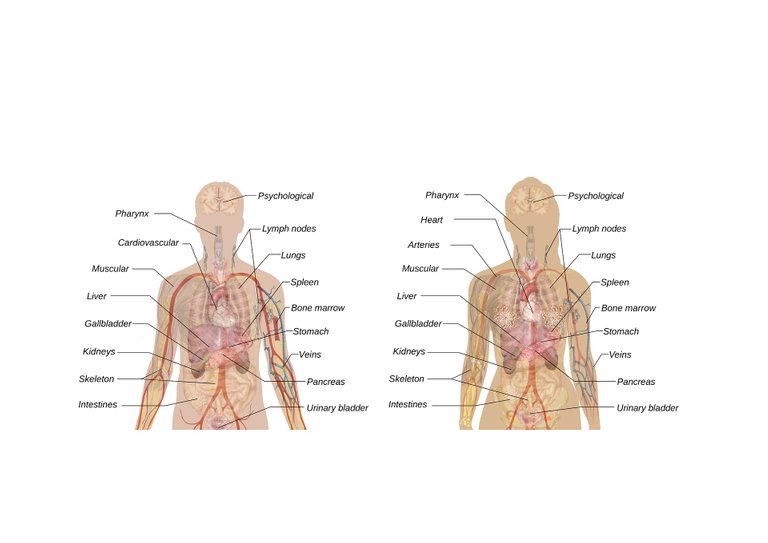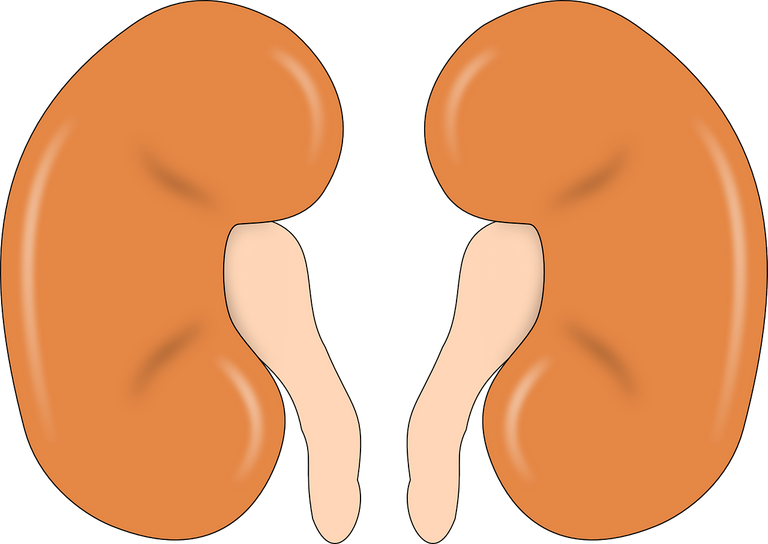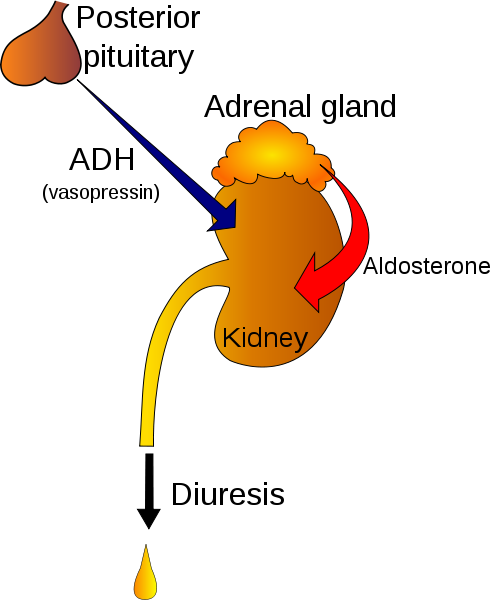GLUCOSURIA, also called GLYCOSURIA, simply means presence of sugar in the urine.
Under normal circumstances, sugar, even though filtered freely from the blood by the kidneys, doesn't appear in the urine. This is because, the proximal tubules of the kidneys avidly reabsorbs the filtered load of sugar.
So, sugar-glucose, is seldom seen in the urine, unless there's a spillover from the blood; that is, unless the blood levels are so high that it exceeds the renal threshold for glucose which is the blood sugar level at which the reabsorptive capacity of the proximal tubule of the kidney is overwhelmed. The renal threshold [RTG] for glucose is usually set at 160 to 180mg/dl. So, the presence of sugar in the urine suggests one thing that the level of sugar in the blood is at least up to 160 to 180mg/dl. This holds true except in conditions, like pregnancy, in which the RTG is reduced in such a way that sugar may appear in urine even when the blood glucose level is less than 160mg/dl.

free image from pixabay
RENAL GLUCOSURIA
When there's the presence of sugar in the urine, in the setting of euglycemia which is blood sugar levels within the normal range, which is usually below 126mg/dl after an overnight fast, it is referred to as RENAL GLUCOSURIA. This is because, presence of sugar in urine, in these cases, is independent of blood sugar levels, and is rather due to defective renal [kidney] reabsorptive mechanisms.
In some of these cases such as in Familial Renal Glucosuria, the only thing lost in the urine is glucose, and the condition is as such benign, with no known adverse health effects. In others such as Fanconi syndrome, or Fanconi-like syndromes as seen in Cystinosis, Lowe syndrome, Wilson's disease, and side effect of some drugs such as Tetracycline, and Tenofovir it is not only the reabsorptive capacity of the proximal tubule for glucose that is affected; and as such other substances like amino acids, bicarbonate, phosphates, uric acid, and sodium are also lost in urine. Thus, these causes of renal glucosuria have far reaching adverse health effects, including dehydration, poor growth, rickets, osteomalacia, metabolic acidosis, etc; depending on the age of onset.

free image from pixabay
FANCONI SYNDROME
In most cases, Fanconi syndrome, if severe enough, presents with: polyuria, polydipsia, dehydration, and renal glucosuria. Polyuria is usually not due to the glycosuria, but due to loss of sodium, and other solutes, in urine, as it is not just the tubular reabsorptive mechanisms for glucose that is impaired, but that of other substances as well. Proteinuria is also a feature of Fanconi and the index patient had 1+ of protein in urine. There was no way, within the provisions of the limited resources, to confirm the presence of the other solutes-- such as phosphates, uric acid, bicarbonate, and potassium-- in her urine. However, the loss of Bicarbonate, leading to Type 2 Renal Tubular Acidosis, could be inferred from the pH of the urine, which was acidic. Loss of phosphates in urine, can be inferred, not with certainty though, from the hip bone pains, which may actually be due to Osteomalacia [softening of the bones which may be caused by low blood phosphate levels]. More importantly, she's on Tenofovir! And there we have it: a possible cause.

Wikimedia creative commons
GLOMERULONEPHRITIS
While Fanconi syndrome looks good, I have reasons to believe that this woman has a primary glomerular pathology, that was secondarily complicated by involvement of the tubulo-interstitium.
The urinalysis, apart from showing 2+ of glucose, also showed the following:
- Proteinuria [1+]
- Hematuria [1+]
- Red cell casts
- Granular casts
- Nitrite was negative; WBCs were within normal range; and there was no history suggestive of UTI.
The presence of red cell casts in urine is often an indicator of glomerular pathology. Andnd with granular casts present, we may be looking at a chronic pathology.
With these, the patient meets the criteria for a nephritic glomerular pathology as follows: - New-onset hypertension
- Edema [Oh, she said she's been having early morning facial puffiness for quite a while]
- Hematuria
- Nephritic range proteinuria
- Azotemia [ SEUCr is still being awaited though as at the time of this article]
So, it is most likely the patient has Chronic Glomerular Nephritis, progressing to involve the tubulo-interstitium, leading to a Fanconi-like syndrome.
CONCLUSION
It is already known that certain tubulo-interstitial diseases of the kidneys such as Pyelonephritis can present with Fanconi-like syndromes. The presence of glucose in urine, in glomerular diseases, in an euglycemic state, is often indicative of advanced disease [ with more likelihood of progression to CRF Chronic Renal Failure] associated tubular atrophy, and interstitial scarring. It is believed that the proteinuria associated with these glomerular diseases, leads to both structural damage, and decline in functional capacity of the tubulo-interstitium. While this is a general consensus, the underlying mechanism is still being debated; however, it is thought to be similar to the mechanism of proximal tubule injury in Multiple myeloma, which often leads to a Fanconi-like syndrome. In the cause-effect sense though, it is important to note that glycosuria has no effect on renal function; it is rather a fall-out of a pattern of renal dysfunction, which is tubulo-interstitial dysfunction. In other words, glucosuria, in these settings is an indicator of tubulo-interstitial dysfunction, which in turn is a chief driver of the progression to Chronic Kidney Disease.
REFERENCES
Fanconi syndrome or Fanconi's syndrome
Effect of kidney disease on glucose handling
Renal glucosuria
Chronic kidney disease
Glomerulonephritis
Great job. If I was more into medical sciences, perhaps, I would appreciate the intricacies of the organs and their functions pertaining to sugar in the urine. But I can see that this is original content and I salute you for the details you took the time to add.
Thanks bro, God bless you for this.
I never knew about this. Maybe I should run to the bathroom and drink my urine to know if it's sugary.. I'm just kidding.
Nice piece
Thanks bro